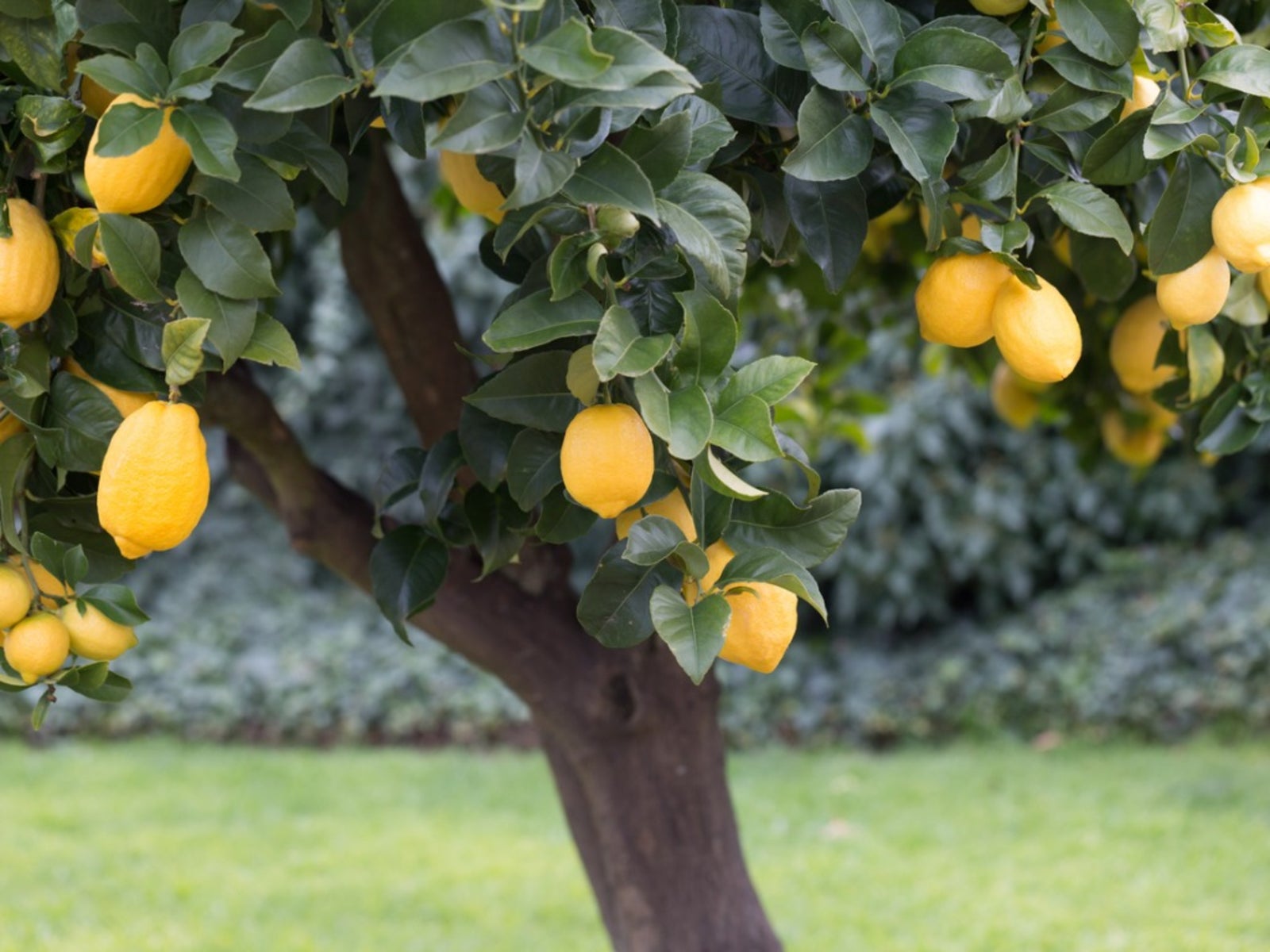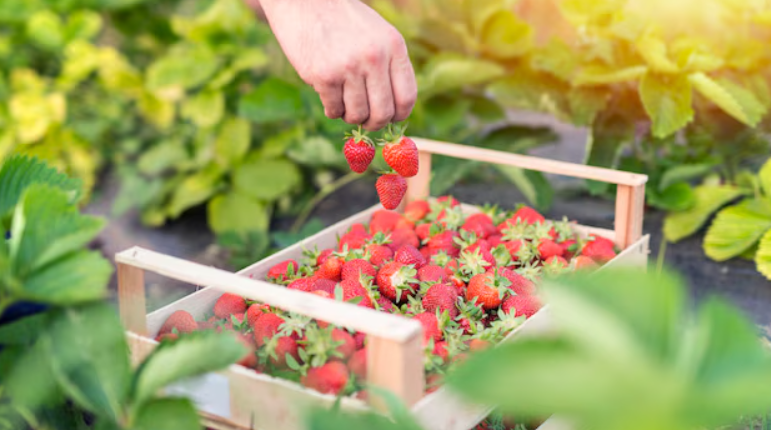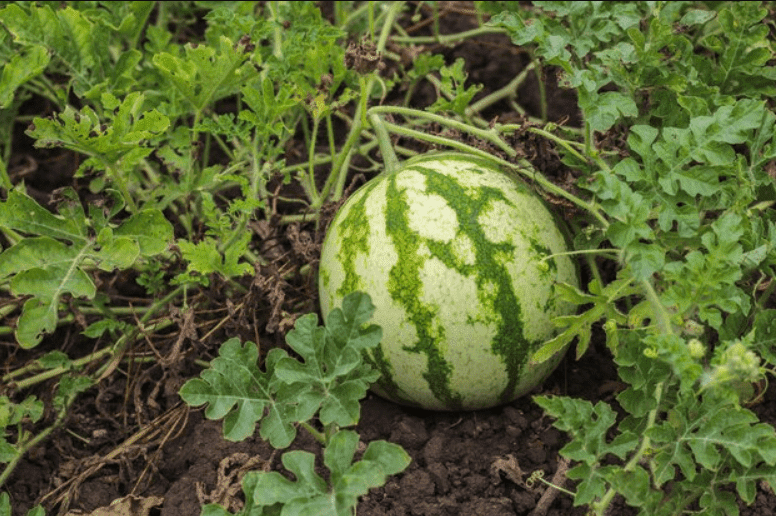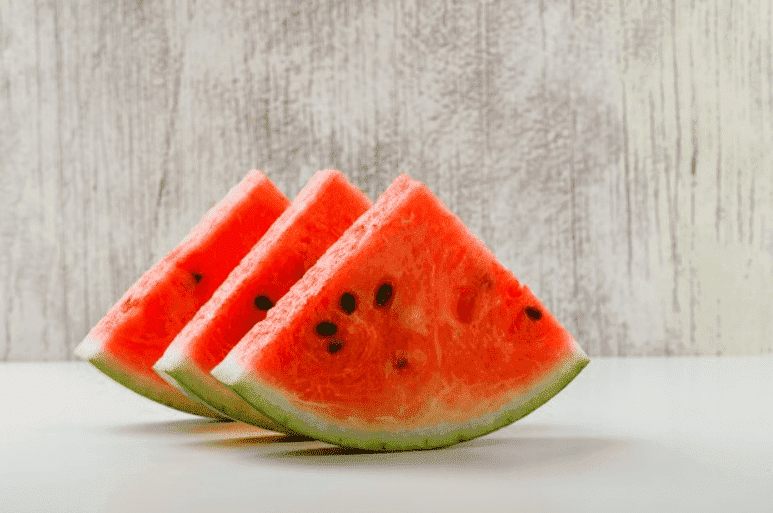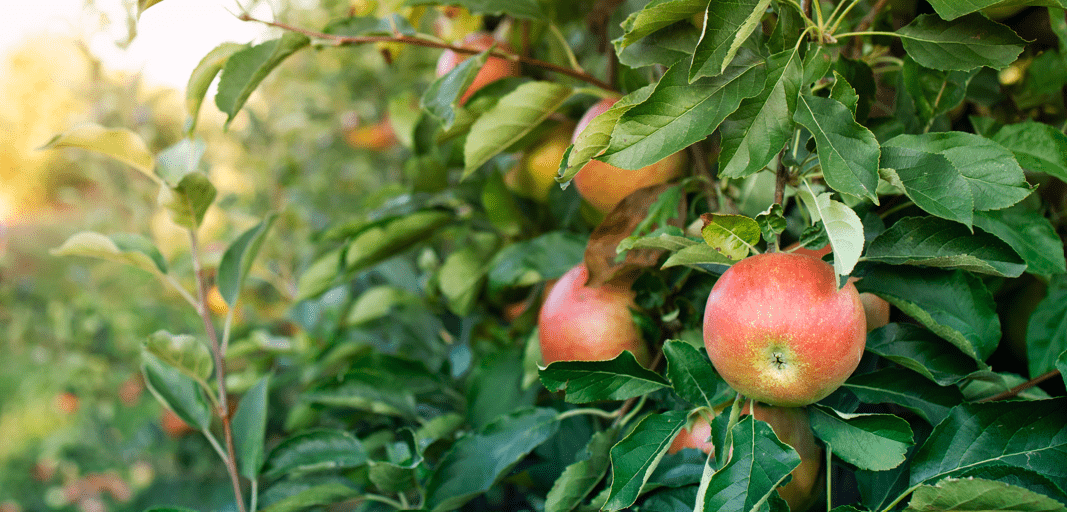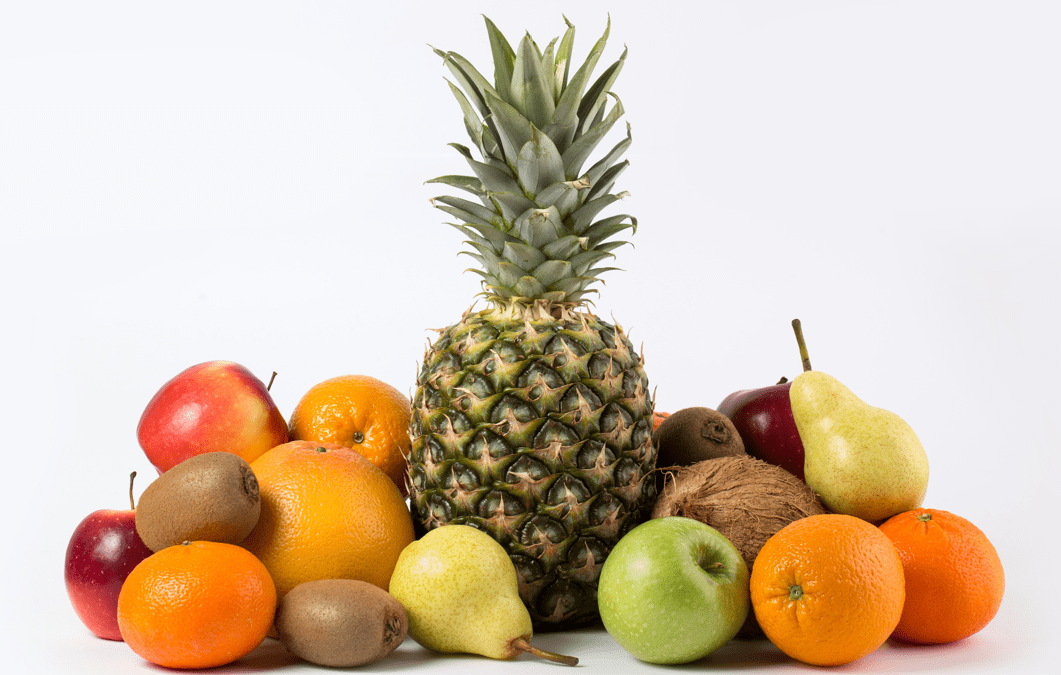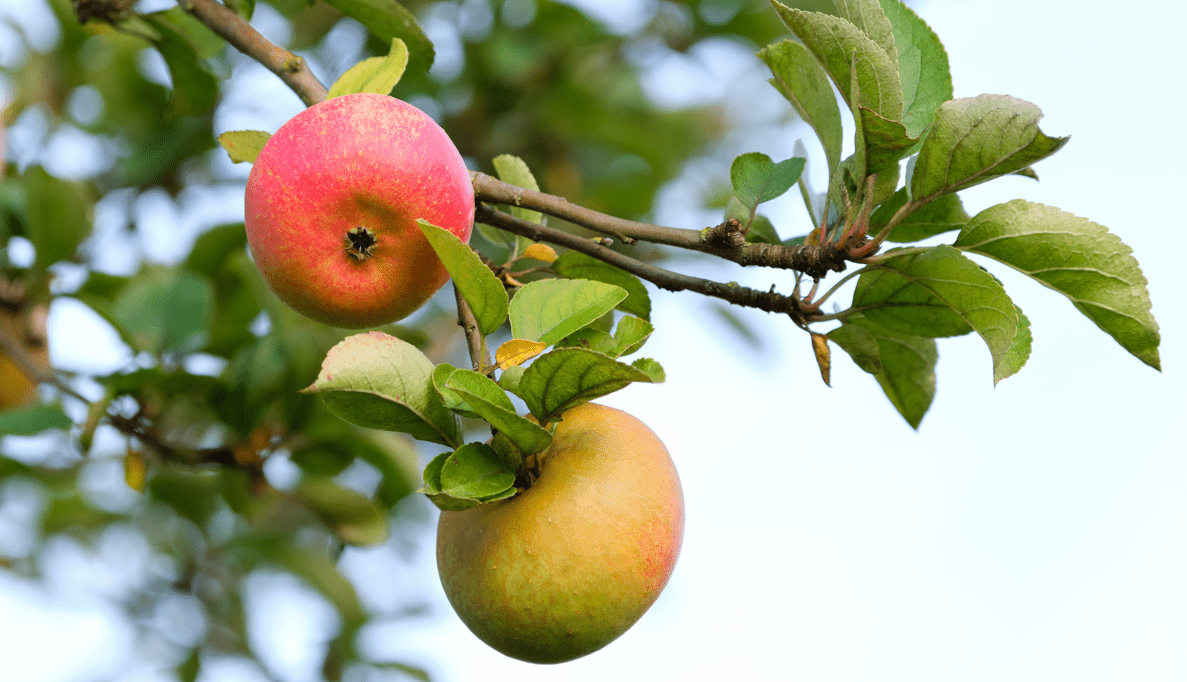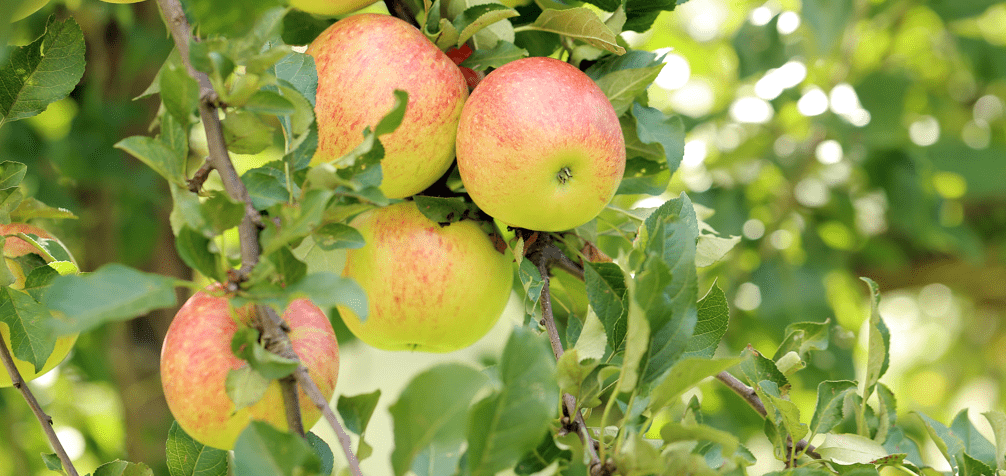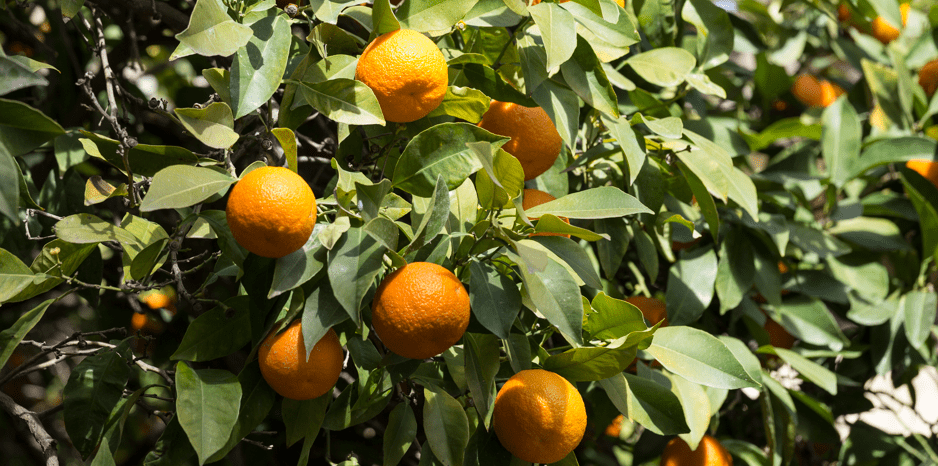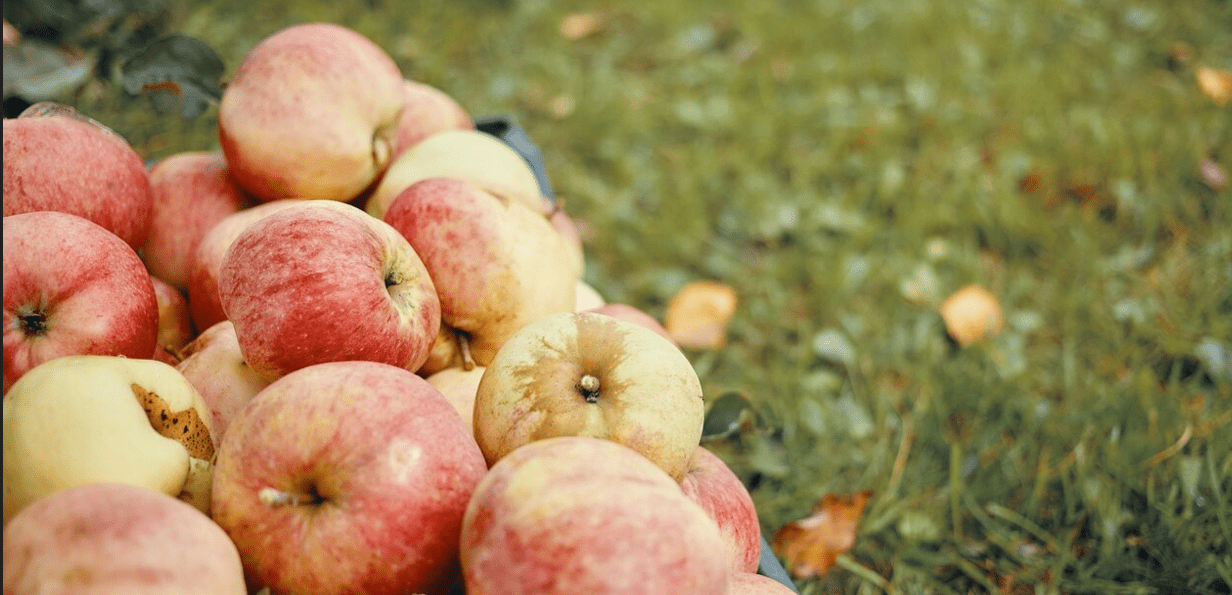Lemon trees thrive in warm, sunny environments with mild winters, making them ideal for regions with tropical or subtropical weather. These trees produce reddish flower buds that bloom into lightly scented white and purple flowers, alone or in small groups.
Keep in mind that the branches may have sharp thorns. If you want to learn how to grow Lemon tree, keep in mind that it’s best to plant lemon trees in the spring once the risk of frost is over. With proper care, they typically become well-established within three years. Note that lemon trees can be harmful to pets.
Table of Contents
ToggleTypes of Lemon Trees
There are three popular types of lemon trees commonly cultivated in warm regions. If your area experiences occasional cooler weather, consider growing a cold-tolerant variety like the Meyer lemon. Despite its compact size, it produces an abundant harvest of nearly seedless, mildly sweet fruit. For warmer climates, Lisbon and Eureka varieties are excellent options.
Eureka Lemon Tree: Along with Lisbon, this variety is one of the most commonly found lemons in grocery stores worldwide. It’s also a favorite among home gardeners for its reliable yield and tangy flavor.
Lisbon Lemon Tree: Known for its juicy, nearly seedless fruit, the Lisbon lemon is slightly more cold-hardy than some other types. It grows upright rather than spreading, making it suitable for narrow spaces.
Meyer Lemon Tree: It is a sweeter, less acidic option, which is a hybrid between a true lemon and a mandarin orange. Its compact size and higher cold tolerance make it ideal for small gardens or containers, with minimal need for pruning.
How to Plant Lemon Trees
Best Time to Plant
It’s best to plant Lemon trees in early spring, when the threat of frost has completely passed.
Choosing the Right Location
Pick a sunny spot with excellent drainage, as lemon trees dislike waterlogged soil. Avoid locations where water pools after rain. The location should also be protected from strong winds and harsh weather. If your region occasionally experiences frost, planting near a south- or southwest-facing wall can help shield the tree and retain warmth.
Spacing, Planting Depth, and Support
Lemon trees can grow upto 20 feet tall and 15 feet wide, so allow enough space between trees. When planting, dig a hole double the width and depth of the root ball. If the roots are tightly packed, gently slice through them in a few places to promote outward growth into the surrounding fertile, well-draining soil.
How to Grow Lemon Tree from Seed
Growing a lemon tree from seed is generally not recommended beacause of unsatisfactory results. It is still possible with patience and realistic expectations about the tree’s growth and fruit quality.
How to grow Lemon tree from seed:
- Take a few seeds from a ripe lemon and rinse them to remove any pulp.
- Soak the seeds in water for 24 hours to help soften their outer layer.
- Discard any seeds that float, as they’re likely nonviable. Peel the outer coating off the remaining seeds.
- Plant the viable seeds in a small pot filled with well-draining potting mix, placing them about ½ to 1 inch deep.
- Water the soil lightly and keep the pot in a warm, sunny spot around 70°F (21°C). Make sure the soil stays moist but not overly wet.
- Germination should occur within a few weeks. Keep the young plant in a warm environment until it’s strong enough to be transplanted into a larger container or garden bed.
How to Care for Lemon Tree
Sunlight
Lemon trees need plenty of sunlight to flourish preferably, 6- 8 hours of direct sunlight everyday. Direct sun exposure is essential for healthy growth and fruit production.
Soil
Citrus trees, including lemons, do best in moderately deep, medium-textured soils with slightly acidic pH levels. Good drainage is vital, as overly wet conditions can lead to root rot. Don’t mulch around the base, as it can lock moisture and create soggy soil.
Watering
Proper watering is key to a thriving lemon tree. While they don’t need heavy rainfall, young trees require consistent moisture during their early stages. Watering once or twice weekly may be necessary.
As the tree establishes, it becomes more tolerant of dry conditions, but during the hotter months, the soil should remain slightly moist, especially for younger plants. Overwatering can lead to yellow leaves, fruit drop, and root diseases, so be cautious not to keep the soil too wet.
Temperature and Humidity
Warm climate and moderate humidity are ideal for lemon trees. They prefer an environment between 75°F and 85°F and grow best when humidity levels are near 50%. Because they’re susceptible to cold, you’ll need to move young trees indoors or protect them if temperatures unexpectedly drop.
Feeding
Lemon trees are heavy feeders. To support their energy needs, apply a balanced fertilizer rich in nitrogen, phosphorus, and potassium. Deficiencies in nutrients like nitrogen, iron, magnesium, zinc, or potassium can lead to different types of leaf yellowing and poor fruit development.

